Virtual reality is an up-and-coming technology that is steadily becoming more and more important.
Virtual tech has a major limitation right now and it’s one virtual reality companies have to face: virtual reality is an idea that is beyond the current existing technology.
It’s a really great idea that has many, many different applications, but the hardware and software are just not quite there yet.
Of course, VR companies are constantly working on creating virtual reality breakthroughs and it looks like this year there are going to be some new ones. There are a number of virtual reality companies are spending millions of dollar on VR research and development.
They are putting serious effort into making virtual reality experiences that really seem real and don’t have side effects like nausea, a common issue with current VR headsets that are found on the market.
Luckily for them, consumer interest in virtual reality is only increasing. Virtual reality hardware sales grew from $1.4 billion in 2016 to $2.4 billion in 2017.
With the virtual reality industry clearly growing, let’s take a look at the top virtual reality companies in the world today. Whether you want in on the ground floor of this promising industry, or just want to know about the major players in VR, see what you can learn!
Oculus VR
Facebook paid $2 billion for Oculus before the hardware had even begun shipping. This is a good indication that they see a lot of potential in virtual reality, especially in the Oculus take on it. However, Oculus has had a rough time for it.
They recently dealt with lawsuits over contributions made by John Carmack, a well-respected gaming developer who left his game company to join Oculus. His previous employer’s parent company claimed that he made his contributions while he was still employed with their firm.
Oculus also faced challenges when a plan to sell their headset at Best Buy went south, they encountered problems with early headset shipments, and the company took a hit for locking games behind exclusivity deals.
However, recently at the E3 gaming conference, a number of new and exciting games were announced for the Oculus, meaning that there is still plenty of life left in the platform and a promising future ahead.
Google entered the VR market with a $15 headset made of cardboard that they called the Google Cardboard. It was built to be used with VR apps on Android smartphones.
Since then, they have come out with a sturdier headset named the Google Daydream View, which is a similar concept and costs $79. The phone is still the key hardware/software element. LArgely the headset is a pair of lenses that separate your phone screen into two images.
Microsoft HoloLens
Microsoft is still developing their virtual reality headset, but they plan on expanding to include augmented reality features where virtual images are superimposed over real-world objects.
The company has already begun showcasing various games and practical applications for this headset.
Magic Leap
This secretive startup raised over $1.5 billion in funding, meaning it has a la lot of promise. They are developing a head-mounted retinal display that superimposes 3D computer -generated images over real-world objects via a projection of a digital light field into a viewer’s eye.
This means that 3D objects will be placed in the user’s field of vision of the real world instead of a completely virtual vision field like other headsets.
HTC Vive
This complex headset, handheld device, and sensor system sell for $799. The sensors can be placed around the room to track your movements. HTC partnered with Valve to create room-scaled games, meaning that you won’t be sitting in a chair to play them, but moving around.
Samsung Gear VR
The Gear VR was designed with Oculus and costs #199. It works only with the newest generation of Samsung phones. You slide your Samsung phone into the headset holder to make it work. There are very few apps on it, currently only games from third-tier developers.
WorldViz
This company creates D interactive and immersive visualization and simulation solutions aimed at universities, government institutions, and private businesses.
Their software gives customers the ability to build 3D models for product visualization, safety training, and architectural visualization.
Bricks & Goggles
This Dutch company takes construction designs from CAD and similar modeling software and transforms them into 3D VR environments. It works with many different headsets, including the Oculus and the HTC Viive.
Marxent Labs
The Marxent’s VisualCommerce 3D Virtual Reality Design Studio & Showroom gives retailers and manufacturers the ability to make a 3D design studio and showroom for building live demos.
Their biggest customer right now is Lowe’s, who uses the tech to offer the Holoroom. Customers use the holoroom to build a virtual room using Lowe’s products and put on the headset to see what it would look like.
Unity Technologies
Unity is a leader in 3D gaming tech and has created a development platform for creating VR games. 90 to 95 percent of all games create for VR have been built with Unity. They support all headsets and are continually refining their products.
Snap
The company that brought us Snapchat has recently augmented reality filters to its app allowing you to place 3D objects that can actually be interacted with and walked around using the camera on your smartphone.
Firsthand Technology
Firsthand creates VR applications for healthcare. They offer VR biofeedback products on a subscription basis.
VironIT
VironIT looks to do it all. They develop custom solutions for top range VR headsets and do state-of-the-art game development. They strive to offer the best technological solutions to business challenges for all their clients.
Next/Now
This VR company is known for offering “digital experiences in physical places”, meaning that they produce animations for exhibitions, fairs, trade shows, festivals, and more.
They are known for doing high-quality work with touch surfaces, gestures, VR, AR, projections mapping, and motion. They charge $25,000-$30,000 on average for a project.
Uni-Bit Studio Inc.
This Canadian-Ukrainian VR company started in 2016 with the goal of creating a virtual room quest with the development of interactive components, interactions with objects, the transfer of physical properties of objects.
They have also begun to work in the real estate field, games development, mobile apps development, out-staffing developers, web development, as well as design and project management.
ValueCoders
This company has created a number of great VR gaming apps. They do amazing and innovative work for startups, non-profits, and mid-sized companies alike.
AppReal-VR
AppReal-VR works on many different projects on VR systems. They provide technology consulting, research, app design, graphics processing, and implementation on various platforms, as well as much more.
Ending thoughts on Innovative virtual reality companies
Virtual reality companies are many and varied, working on everything from hardware to games to practical apps. It’s a new and growing field with an interesting future ahead!
If you enjoyed reading this article about Innovative virtual reality companies, you should read these as well:
- Startups in Amsterdam that you should keep an eye on (and their cool websites)
- New York startups and their great looking websites
The post Innovative virtual reality companies and their neat presentation websites appeared first on Design your way.
Source: https://ift.tt/2QnmSbm
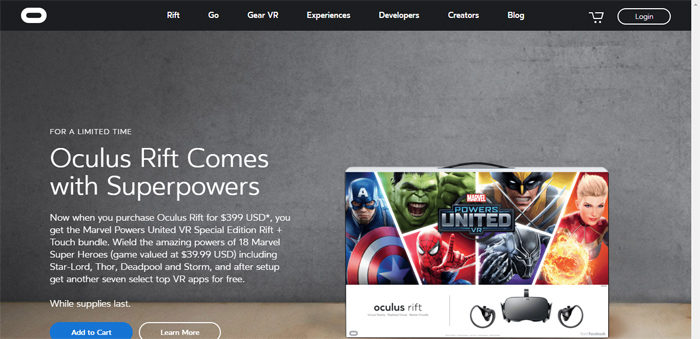
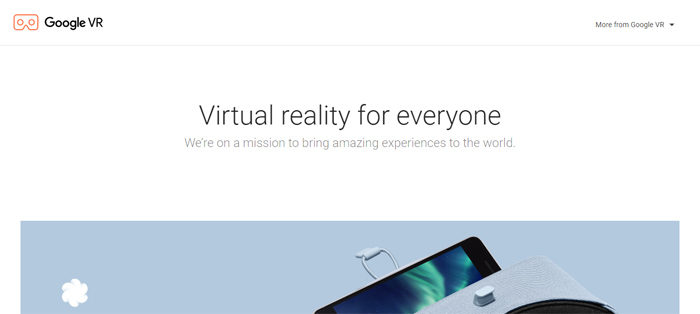
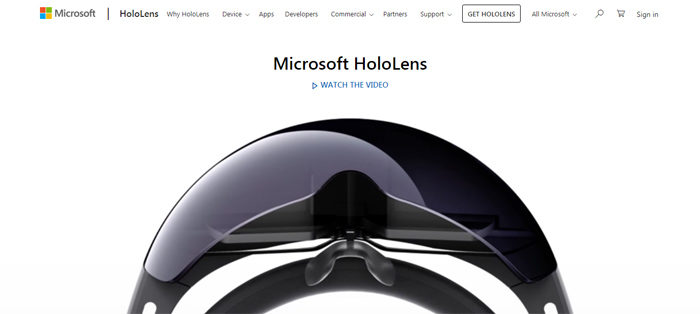

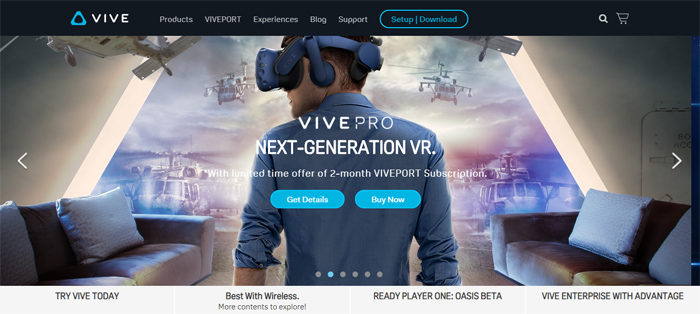
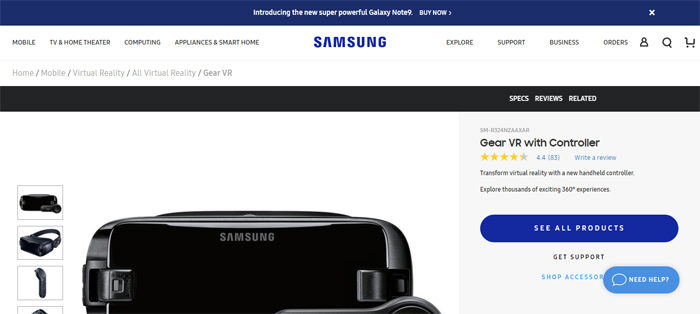
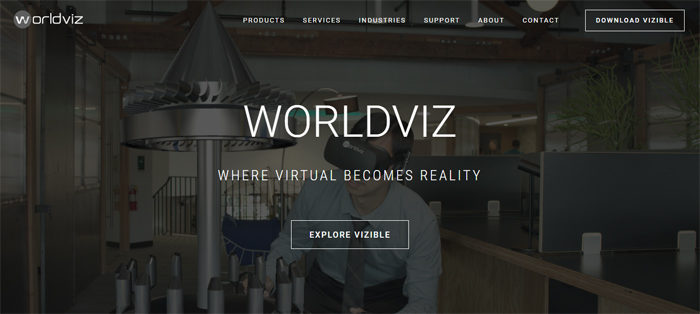
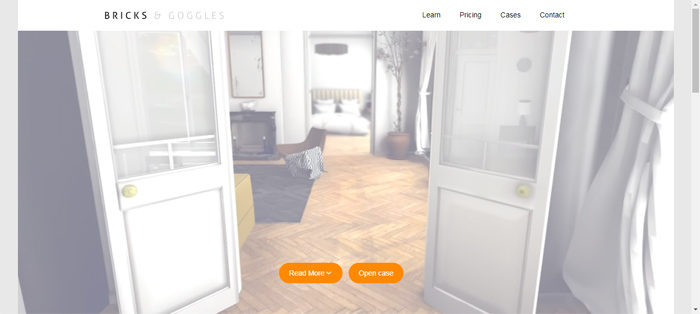
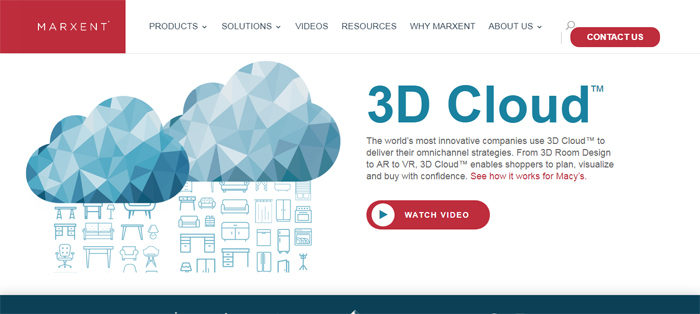
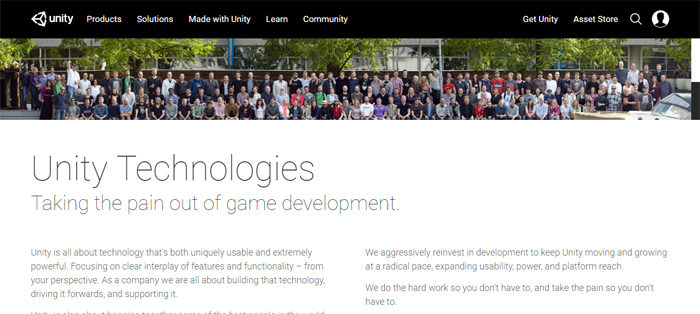
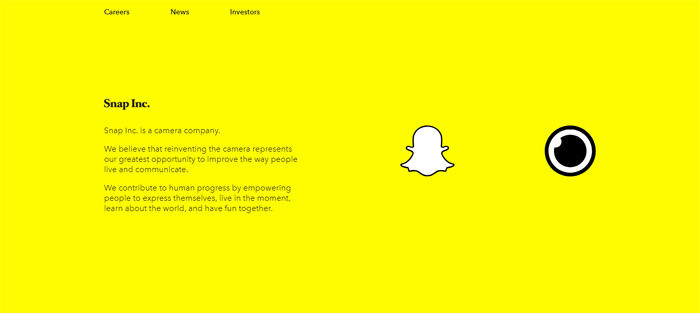
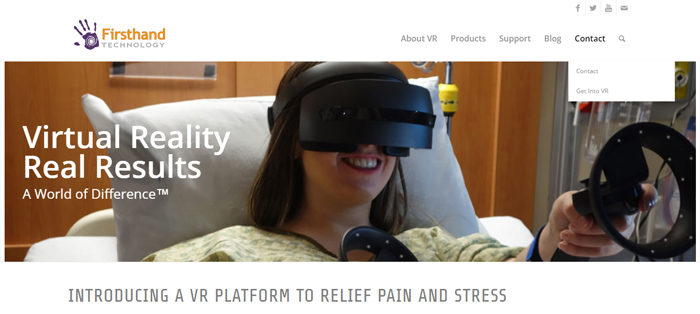
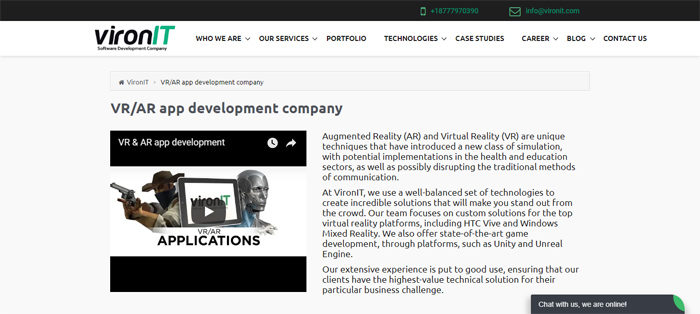
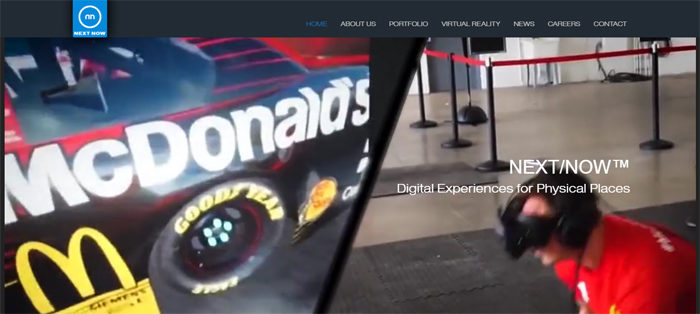
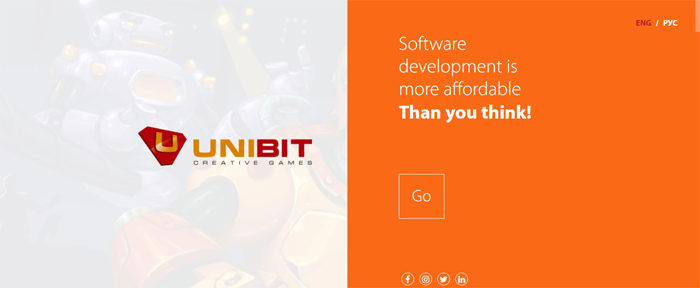
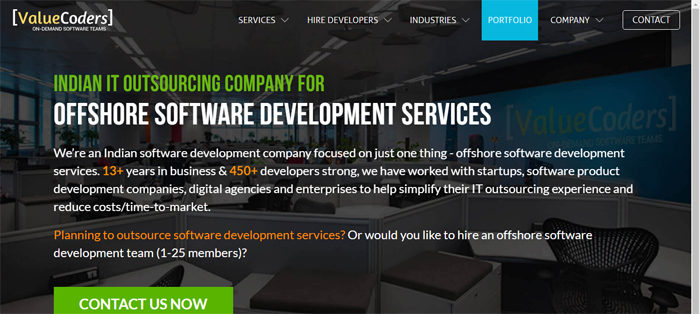
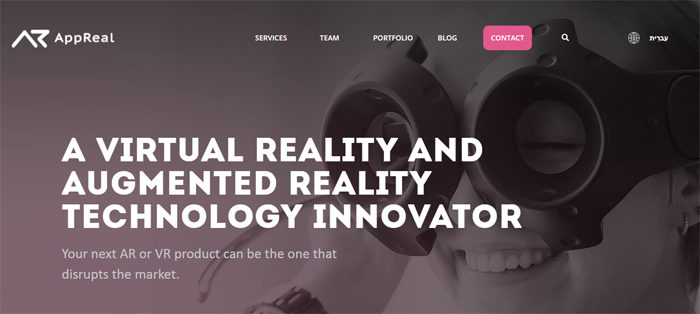

No comments:
Post a Comment